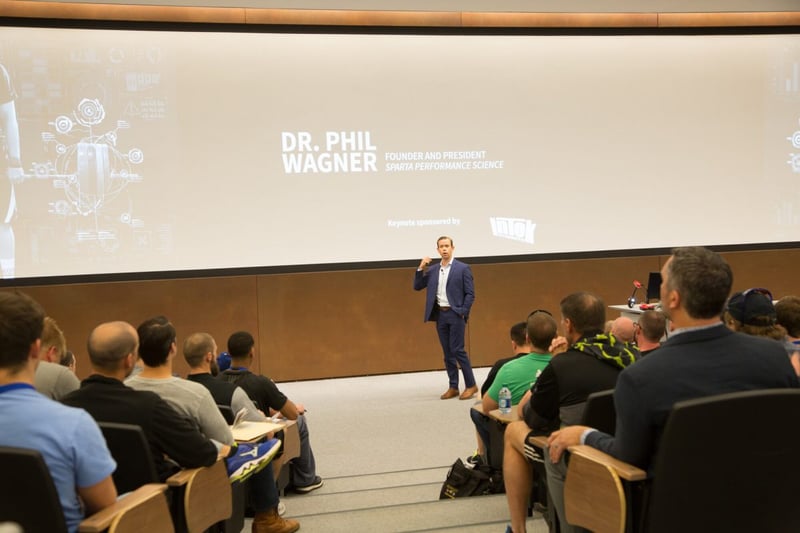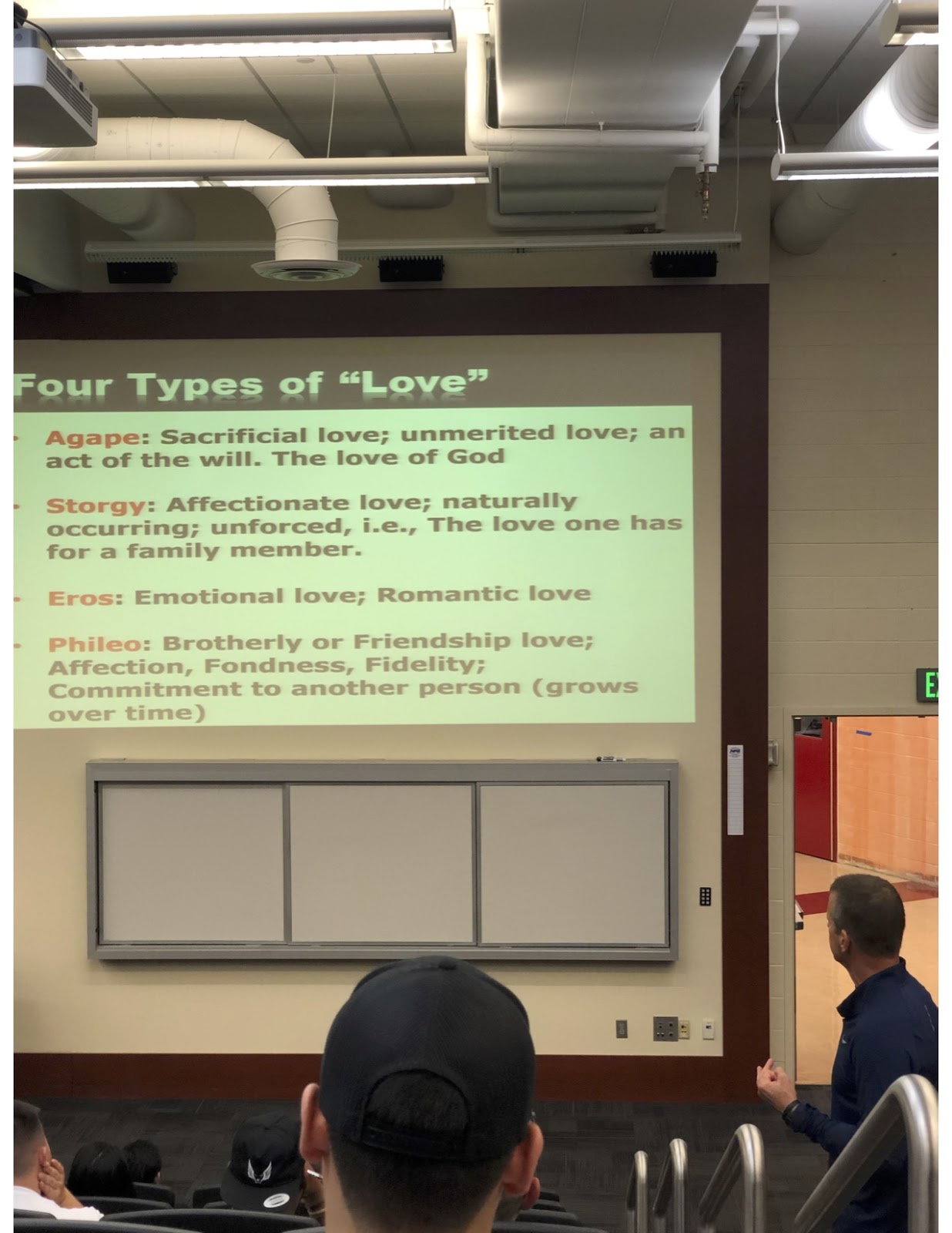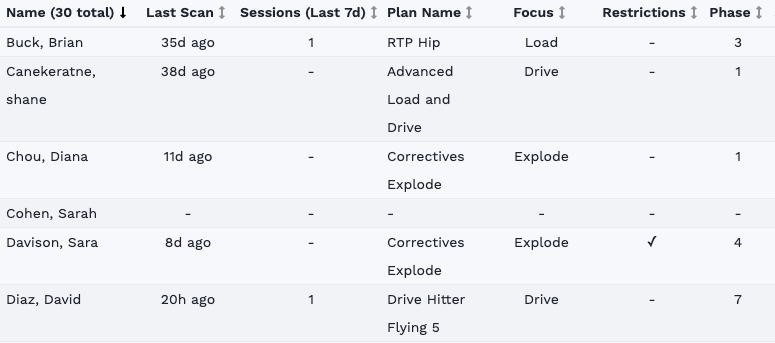
This past week I had the opportunity to attend the National Sports Performance Association (NSPA) National Conference held on the campus of the infamous basketball promise land, Indiana University. It was a special weekend being surrounded by individuals who have been putting their stamp on this industry for years and years on a campus with so much storied tradition.
There was a vast range of topics presented on ranging from the art of coaching the elite swimmer to cutting edge technology in professional sports. Topics in sports science and technology involving how to monitor training loads, identify possible injury risks, and create top-notch programming were talked about openly, while legendary coaches like Chip Morton who have spent 30+ years at the highest level of competition were talking about love and building trust of the athlete.

Listening to Chip had me thinking…
Has the pendulum swing too far?
Are we in such a data-centric environment where relationships have taken a back seat to AI (artificial intelligence) and machine learning? People suffer to have real meaningful relationships this day in age where likes have replaced handshakes. When was the last time you had a conversation in an elevator? It’s definitely worth acknowledging that our social skills have taken a hit, but the truth is that technology is better than ever, and when utilized correctly it can lead to more time in front of others to coach, teach, and build better relationships.
Technology and data should not be viewed as replacements to expertise, experience, and coaching. Rather they should be used to more efficiently find best methods of intervention and ease implementation. For example, creating reusable templates with intent focused plans should save countless hours previously spent in Excel writing and editing programs. Something as simple as recording your athlete’s bodyweight should not be a time-consuming task. If advances in sports science technology are causing you and your staff to spend MORE time in front of a computer screen, you’re doing it wrong.

If software can help us to make quicker, more effective, unbiased decisions on programming we can truly have the best interest of our athletes. Take programming for example. Really, the step before a plan is figuring out who gets what plan. Decision trees can be used to create consistency in decision making (in a fraction of the time). Decision trees can be extremely simple or complex, and can simply be made by a practitioner, or driven by statistics. A simple manually made decision tree can be something as simple as, is this lift the day of a game? If yes, set the volume to 60% of the originally prescribed volumes. If no, then no change.
Statisticians can help us find data-driven thresholds for these decision trees. For example, a CART model found that individuals with a t-score below a 48 in the Balance Scan are at a heightened risk of injury, so that should be addressed. So in a decision tree that would be another branch, are both L and R above 48? If yes, then proceed as planned, if no, prescribe x interventions. This approach isn’t just a helpful approach for a practitioner to follow to help with their workflow, it’s necessary if you ever want to actually analyze the effectiveness of your treatment plan.
I think we can all agree that the best programs involve a strong emotional connection, trust, and love. After all, giving your all for someone you don’t trust just isn’t going to happen. Spending more time coaching and getting to know our athletes is truly where it all starts, and you can afford that time when your technology provides that freedom.